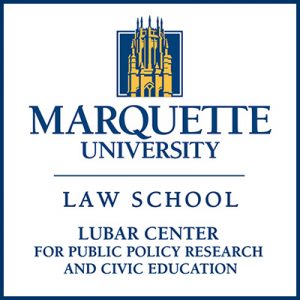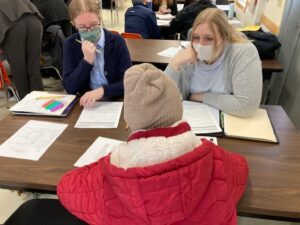Black, Brown, and White: Differing Views on Redistricting Involve More than Red and Blue
This blog post continues the focus of the Law School’s Lubar Center on redistricting.
 More than two colors matter in redrawing district maps.
More than two colors matter in redrawing district maps.
In Wisconsin, public and media attention has focused largely on how much red and blue show up in each proposed legislative or congressional map, reflecting the partisan balance of power between Republicans and Democrats.
But redistricting is also a portrait in black, brown, and white, with district lines under scrutiny for how they affect the rights of Black and Hispanic voters to choose their preferred representatives. And as state and local redistricting debates show, federal court decisions have left a lot of gray areas in interpreting those legal rights.

 Our Student Contributor for January is 2L Daniel Kafka. Daniel is a Milwaukee native who grew up in the Story Hill neighborhood, near what some of us still call Miller Park. He is eager to practice litigation, particularly business litigation, but may also harbor an interest in transactional law. His non-legal interests include fantasy novels, disc golf in Estabrook Park, and storyboarding a video game he hopes to create with some friends. He lives with his partner Abigail and his dog Nero (an English Bull Terrier) in the Murray Hill neighborhood. Welcome Daniel!
Our Student Contributor for January is 2L Daniel Kafka. Daniel is a Milwaukee native who grew up in the Story Hill neighborhood, near what some of us still call Miller Park. He is eager to practice litigation, particularly business litigation, but may also harbor an interest in transactional law. His non-legal interests include fantasy novels, disc golf in Estabrook Park, and storyboarding a video game he hopes to create with some friends. He lives with his partner Abigail and his dog Nero (an English Bull Terrier) in the Murray Hill neighborhood. Welcome Daniel!